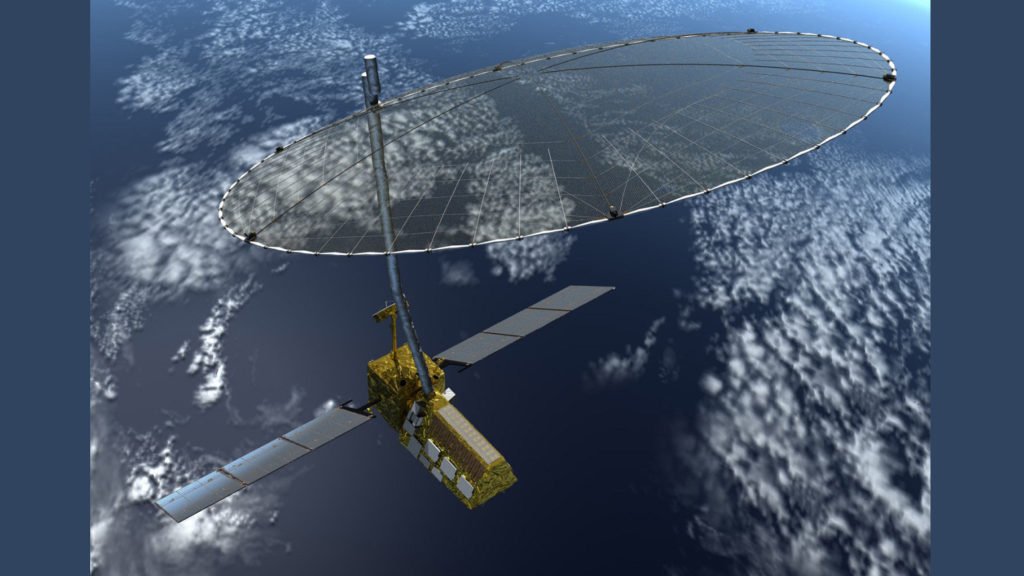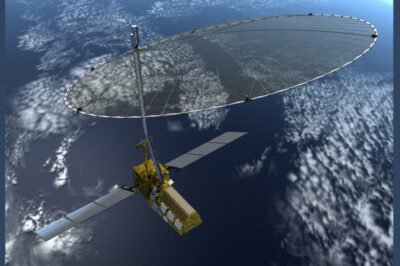
Nasa-Isro Synthetic Aperture Radar (Nisar) mission, a pioneering Earth-observing satellite project, Nasa has announced a key phase in its preparatory work. The mission’s readiness for launch, initially anticipated by the end of March but now delayed, will be determined at the end of April following additional enhancements to a crucial component. The delay, as confirmed by Isro chairman S Somanath in an earlier interview, suggests a possible launch timeline extending to the end of May or beyond.
At the heart of this phase is the satellite’s 39-foot-diameter (12-meter) radar antenna reflector, a vital part of Nisar and one of Nasa’s major contributions to the joint mission. This component is being sent back to the United States from India for the application of a special coating. The coating aims to address potential temperature increases that could affect the reflector’s deployment in space. Nasa’s decision follows testing and analysis that identified a risk of the reflector facing higher-than-expected temperatures when stowed during flight.
The radar antenna reflector, crucial for Nisar’s mission to monitor Earth’s land and ice surfaces, will undergo the coating process at a specialized facility in California. This process is designed to enhance the reflector’s ability to reflect solar radiation, thereby limiting temperature increases. The reflector’s role in the mission is to transmit and receive microwave signals, allowing Nisar to scan the planet’s land and ice surfaces with unprecedented accuracy.
Once the coating’s thermal performance is thoroughly verified, Nasa will announce a launch readiness date. The reflector will then be transported back to the UR Rao Satellite Centre in Bengaluru, India, where the satellite is being assembled. Upon its return, teams from Nasa’s Jet Propulsion Laboratory (JPL) and Isro will work together to integrate the reflector onto the satellite.
The Nisar mission, marking the first hardware collaboration between Nasa and Isro for an Earth-observing mission, is poised to set new standards in environmental monitoring. By leveraging advanced synthetic aperture radars, Nisar will provide critical data on Earth’s changing surface, including ice sheet dynamics, forest growth, wetland conservation, and geological activities around volcanoes and earthquake faults. This mission underscores the collaborative spirit between the two space agencies, promising to deliver insights essential for understanding our planet’s evolving landscape.








































Leave a Reply